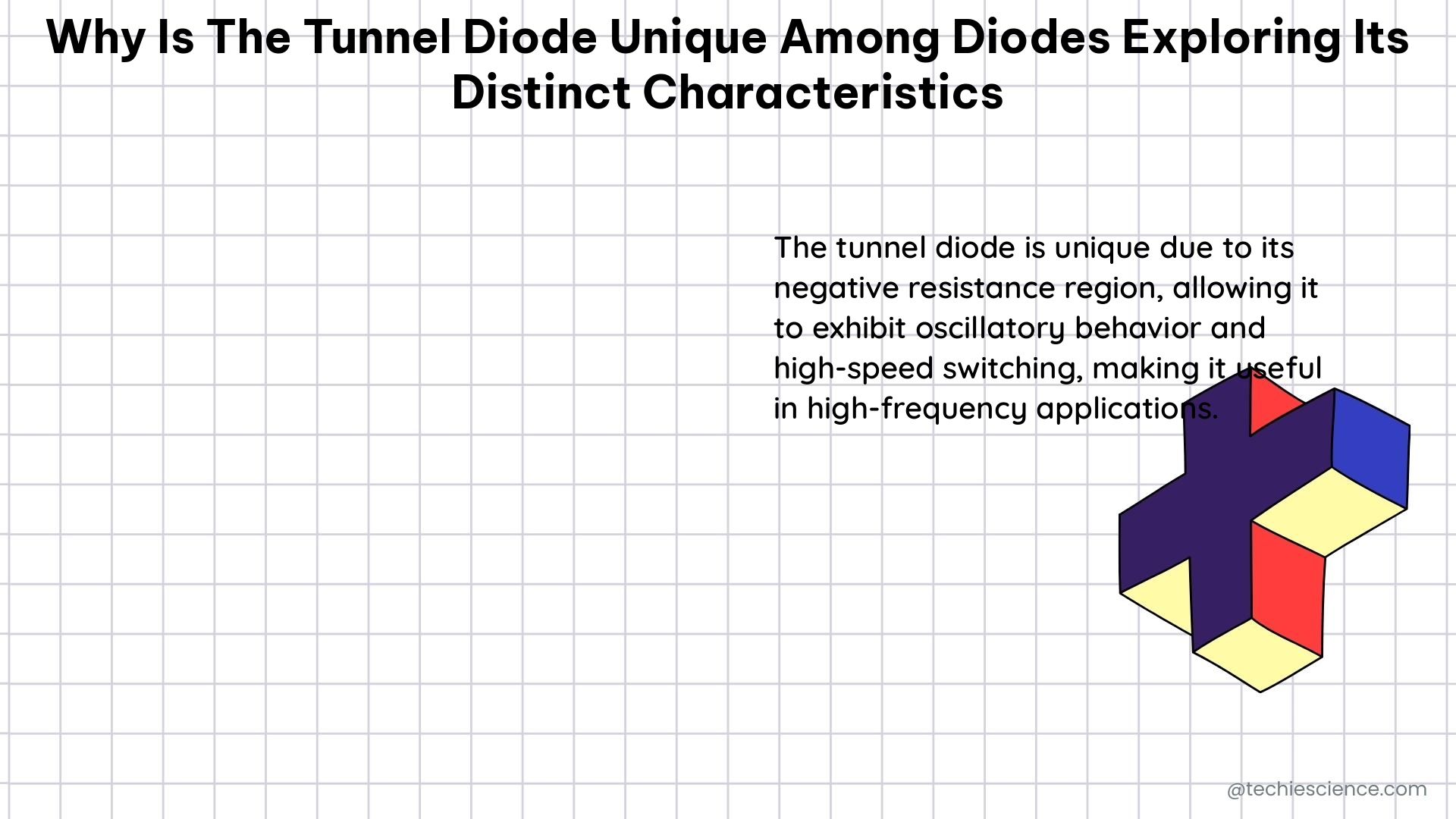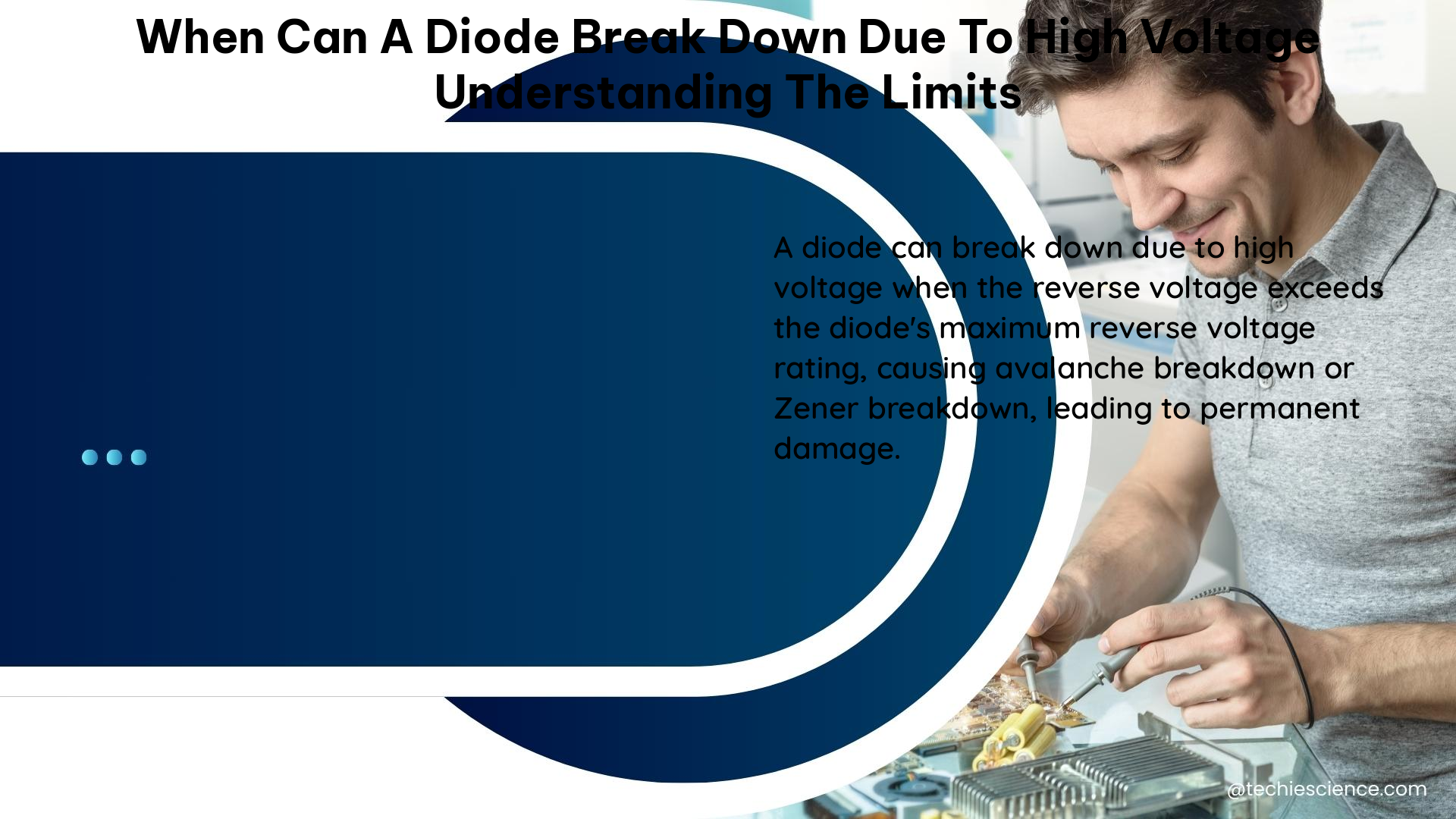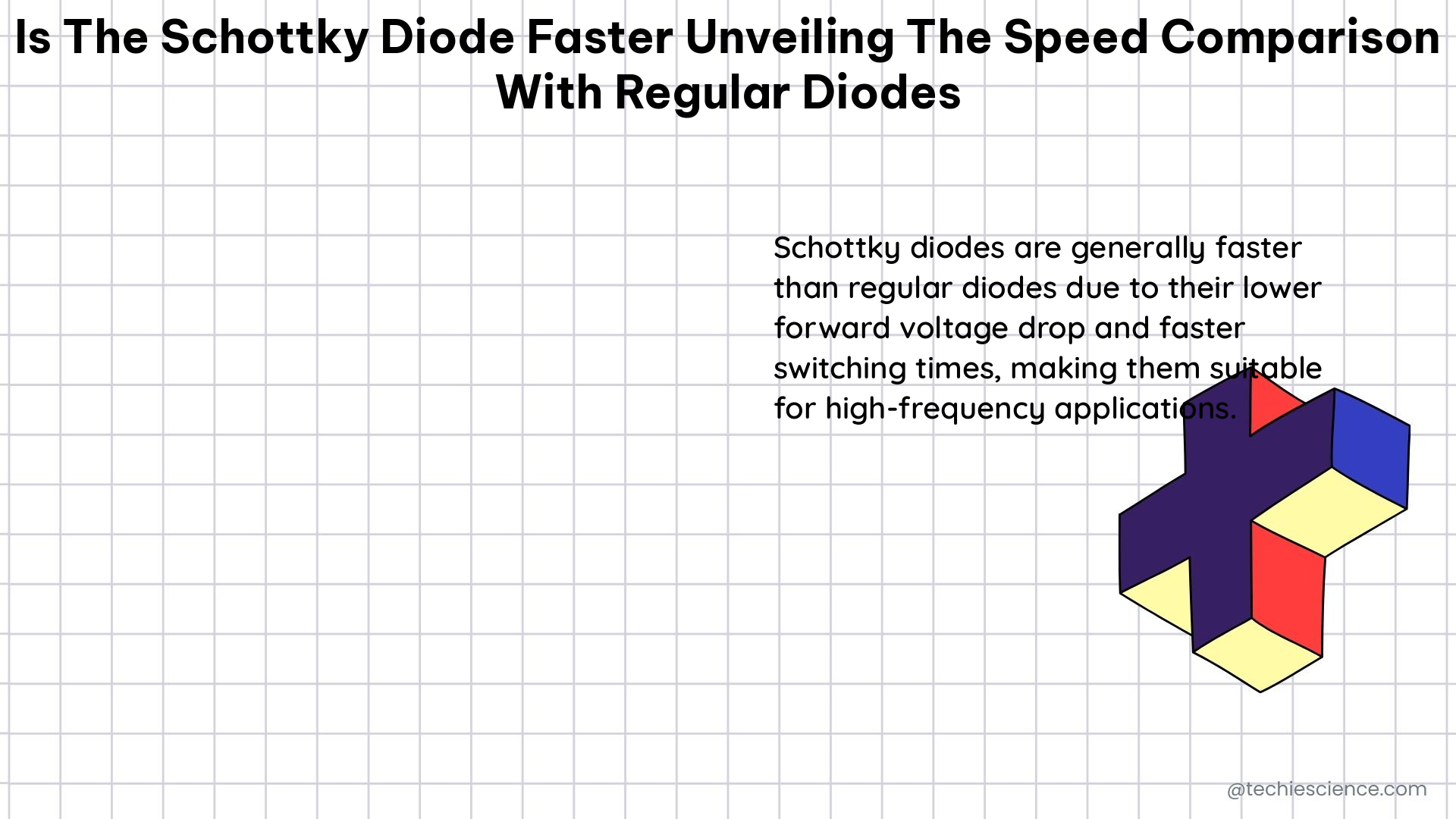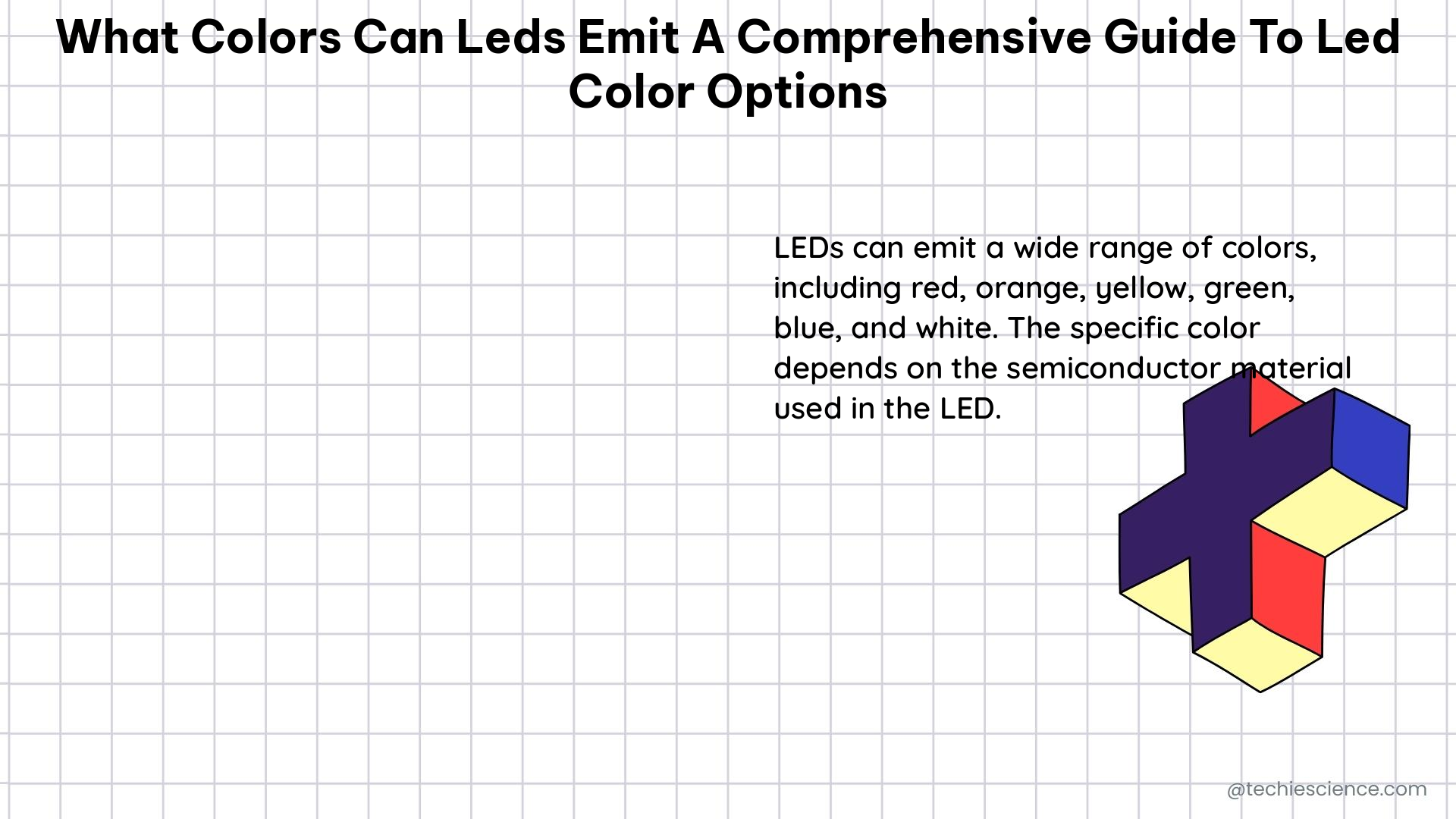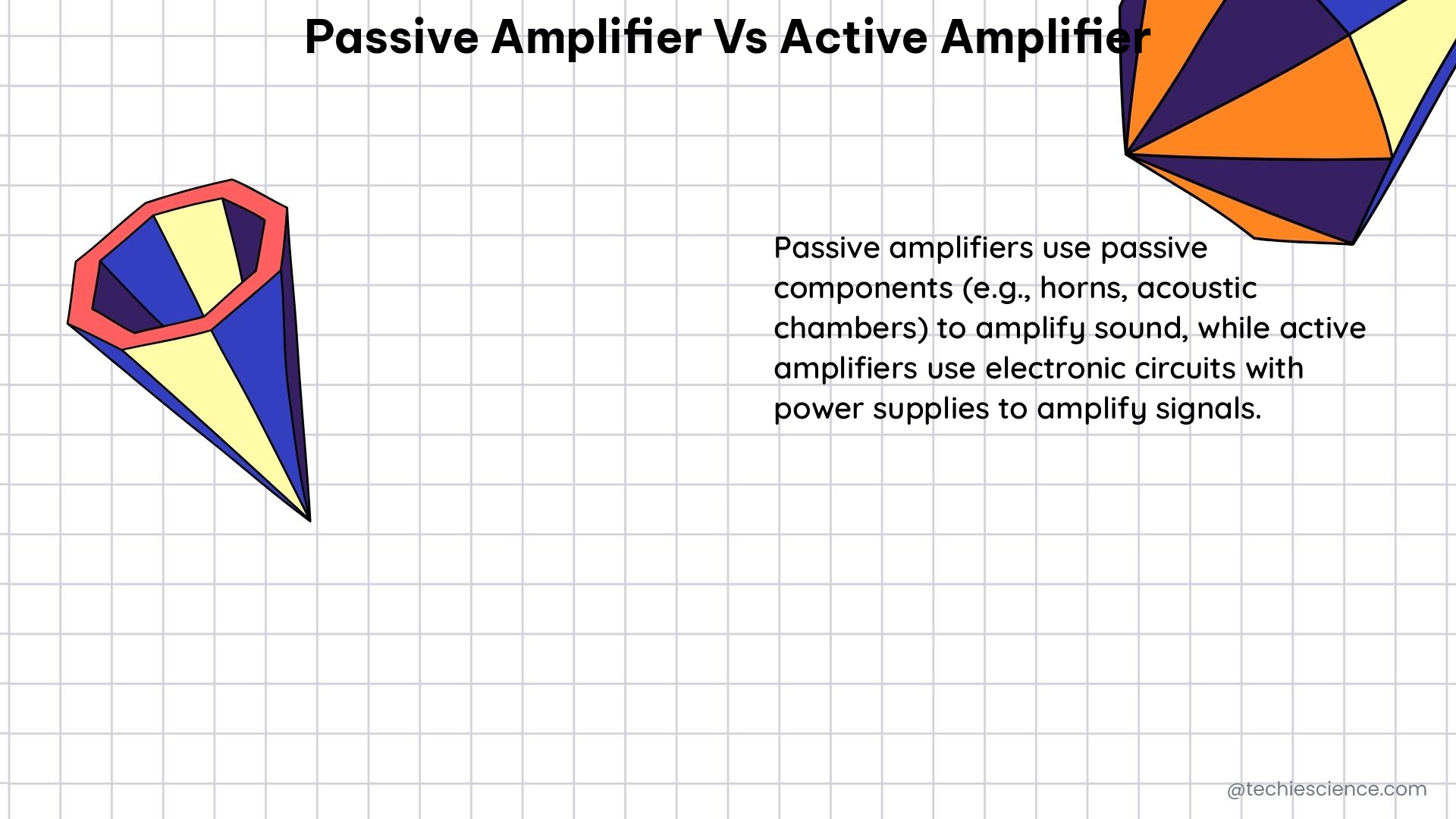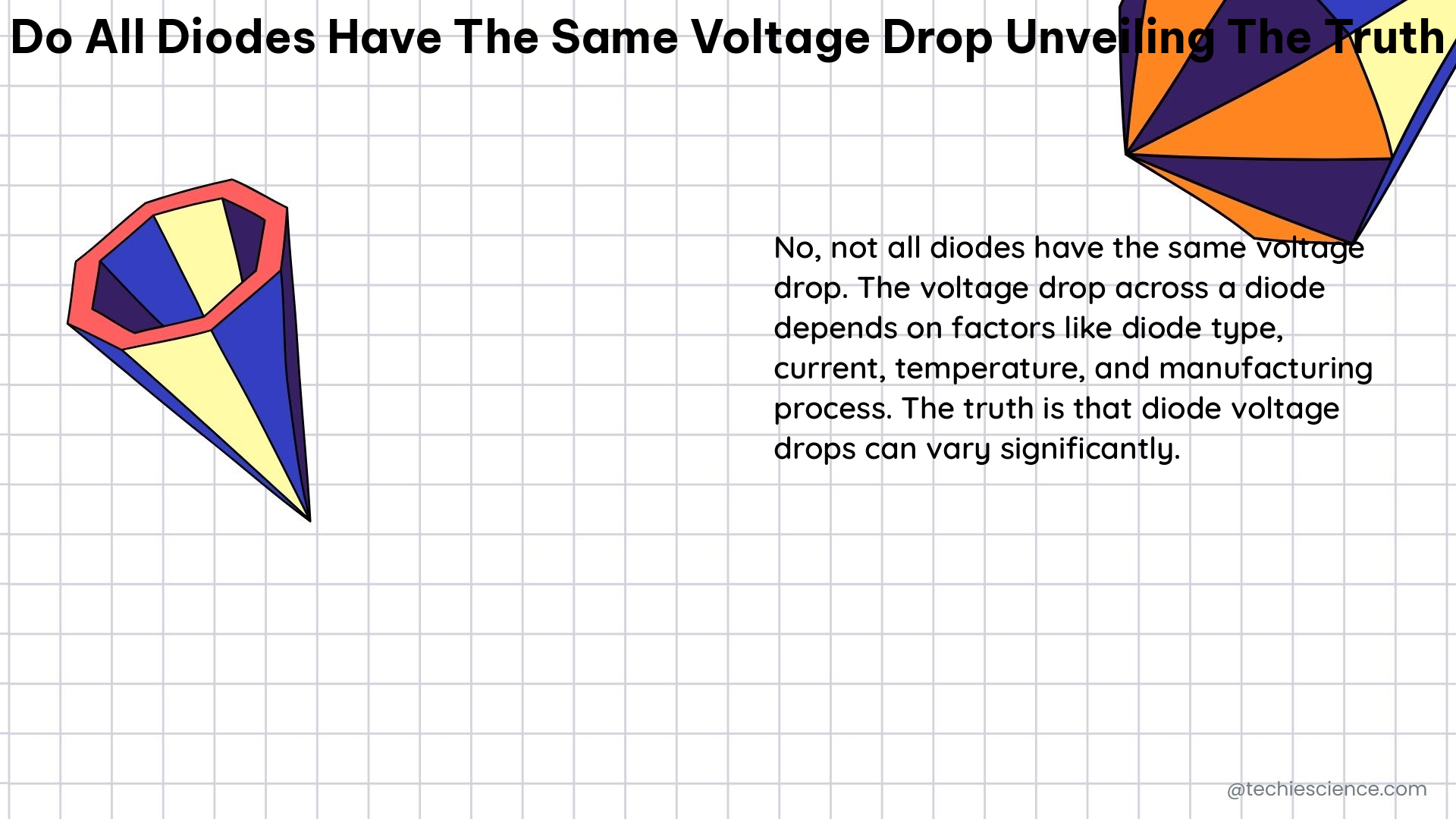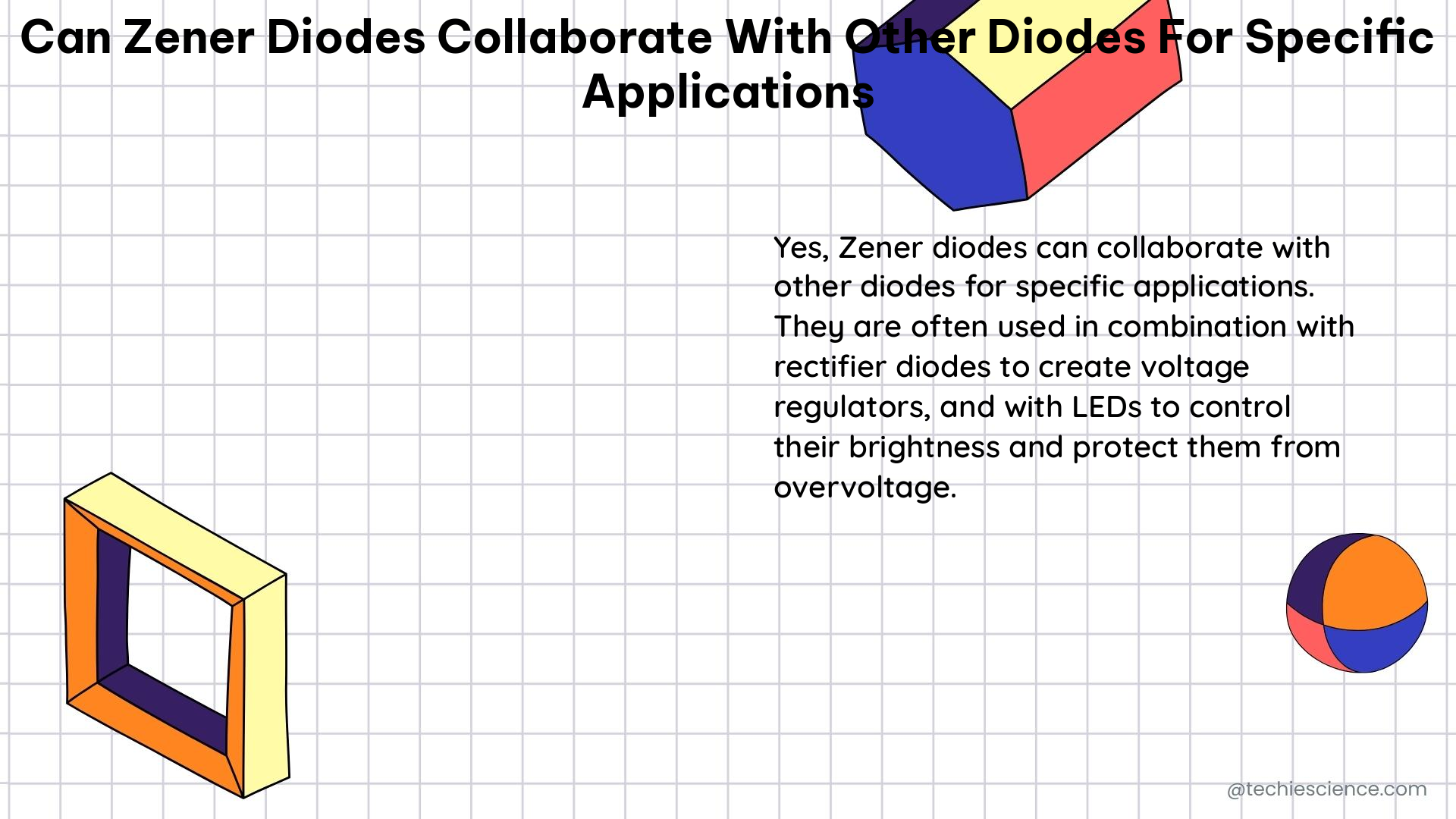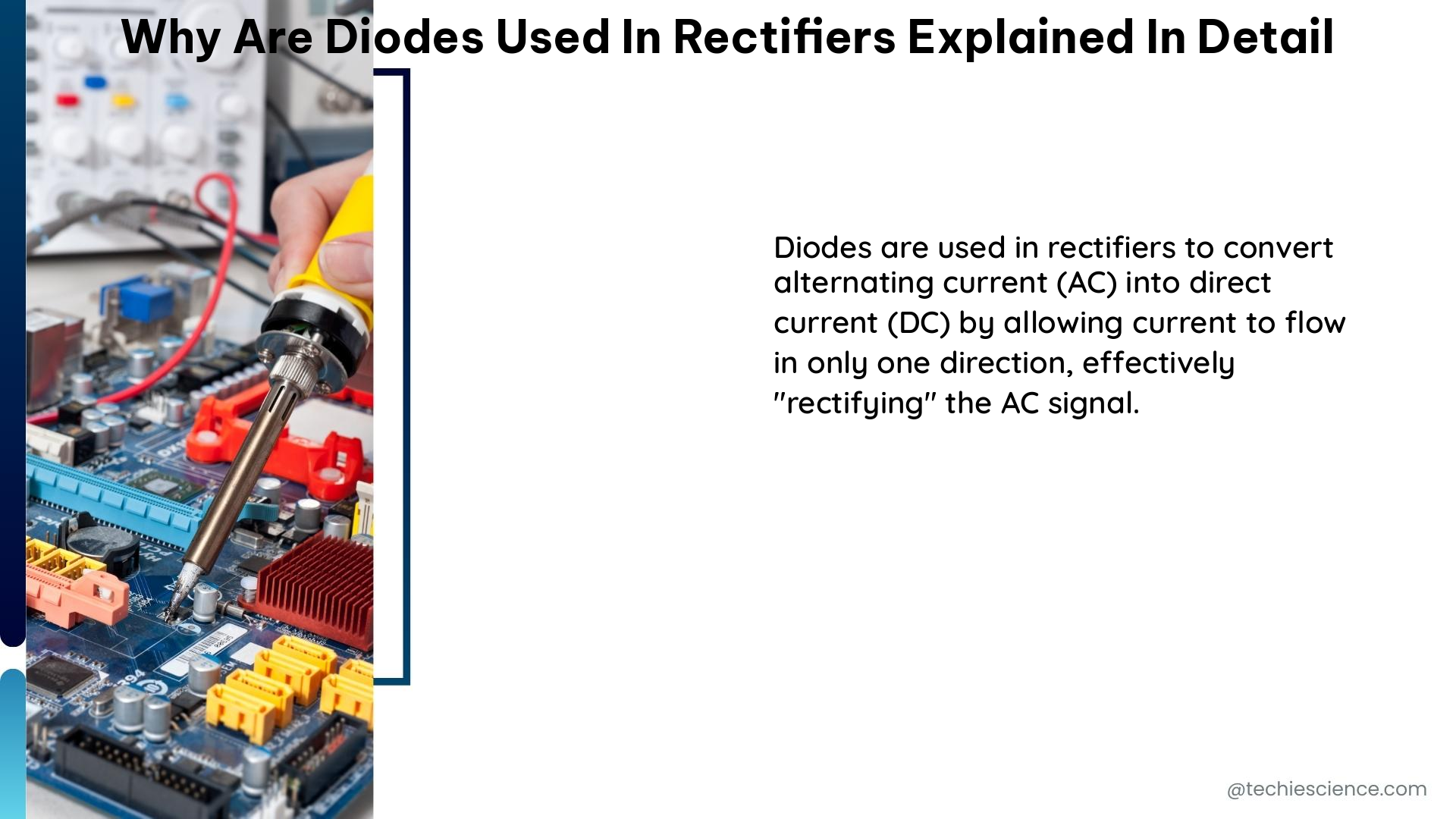Unveiling the Unique Characteristics of the Tunnel Diode
The tunnel diode is a remarkable semiconductor device that stands out among its diode counterparts due to its distinct and fascinating characteristics. This comprehensive guide delves into the intricate details of why the tunnel diode is truly one-of-a-kind, exploring its unique features that make it an invaluable component in various electronic applications. Negative Resistance: The … Read more
